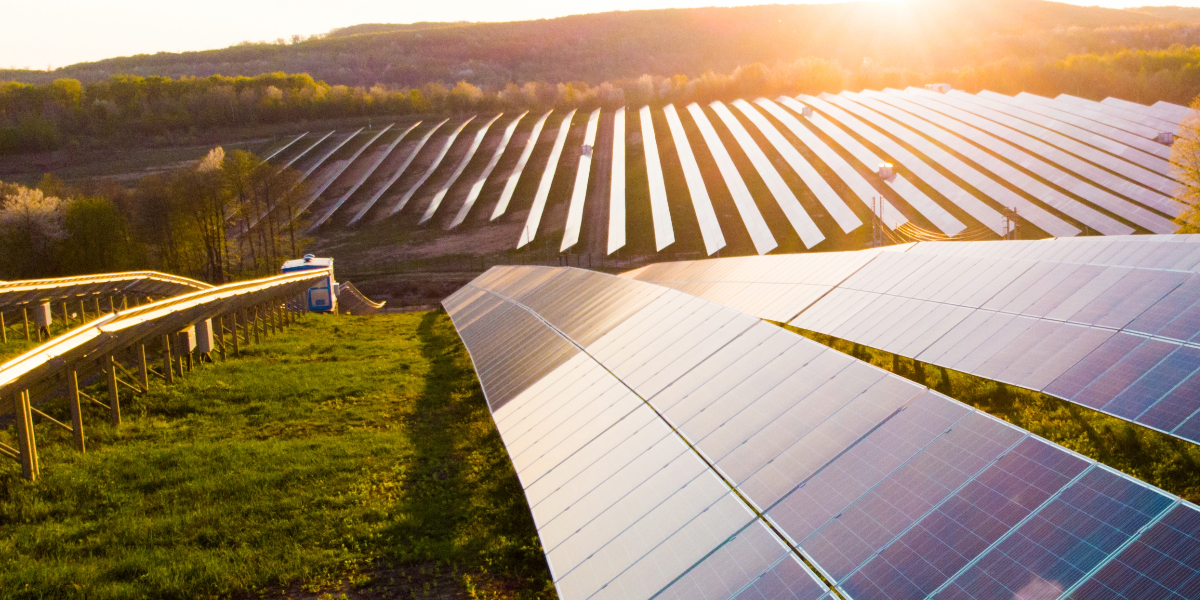Renewable energy backed up by gas is the cheapest way to provide power to homes as part of the transition to net-zero, the energy market operator has confirmed.
In its latest report laying out how the electricity grid would meet net-zero targets by 2050, the Australian Energy Market Operator (AEMO) said the cost of the rollout would be $122 billion over the next two decades.
The market operator’s latest integrated system plan, a report released every two years, said the replacement of the energy grid with renewables represented the most cost-effective way of meeting federal, state and territory targets.
Chief executive of the market operator Daniel Westerman said there was urgency to update the national energy market because of the progressive closure of coal-fired power stations as they reached the end of their lifespan.
“Australia’s energy transition is well under way, with renewable energy accounting for 40 per cent of electricity used in the past year,” he said.
“The integrate systems plan is a road map to navigate Australia’s power system through the energy transition, providing Australians with reliable electricity the lowest cost.”
The report said almost 10,000km of new transmission lines were needed by 2050 as part of the energy plan.
Ten projects representing 2500km of transmission lines had started with a further seven projects identified.
While the transmission projects are set to cost $16 billion, the report said energy users would save $18.5 billion in avoided energy costs, while delivering more than $3 billion worth of emissions reductions.
The federal opposition last week outlined plans to build seven nuclear power stations in five states should it win the next election.
However, the coalition has come under fire fire for not revealing the costing of adding nuclear to the energy mix.
The market operator said grid-scale wind and solar projects would increase six-fold by 2050, while there would be four times the amount of rooftop solar in the time period.
“Consumers are already a driving force in Australia’s energy transition and this is set to continue,” Mr Westerman said.
“If consumer devices like solar panels, batteries and electric vehicles are enabled to actively participate in the energy system, then this will result in lower costs for all consumers.”
The Smart Energy Council’s chief executive John Grimes welcomed the release of the report, saying it outlined a clear path towards 2050.
“The total rollout cost to 2050 is $122 billion, to be almost entirely funded by the private sector. This is a fraction of the federal opposition’s beer-coaster economics claiming the energy transition will cost $1.5 trillion,” he said.
“We note the absence of modelling for nuclear power in the (report) because nuclear power is illegal in Australia.”
Something going on in your part of the region you think people should know about? Send us a news tip or email newsdesk@netimes.com.au.

